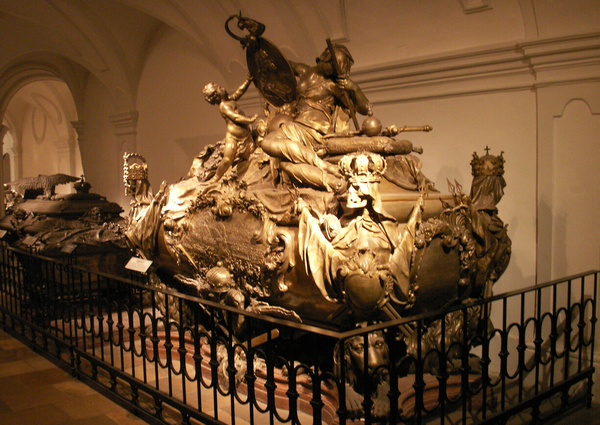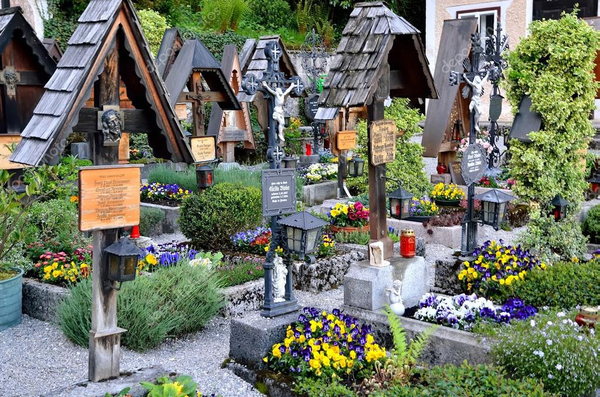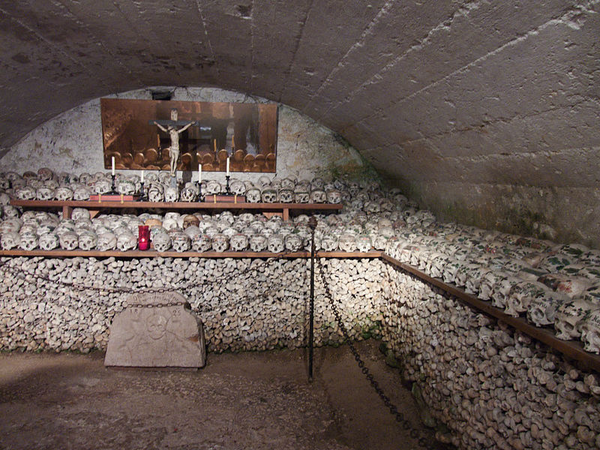Austrian and the dead

[아츠앤컬쳐] 오스트리아인은 사자(死者)와 특별한 관계를 형성한다. 일찍이 기원전 778년에 이른바 ‘홀스타트 시대’부터 사람들은 말 마차나 무덤 물품, 또는 내세를 위한 도구들을 무덤에 넣고 만들기 시작했다.
오늘날은 11월의 첫날인 11월 1일, ‘모든 성인의 축일’을 통해 과거를 추억한다. 한국인들이 추석에 묘소를 찾고 조상을 기리는 전통과 마찬가지로 오스트리아 사람들도 묘소가 있는 공동묘지를 찾고 있다.

오스트리아 서부 알프스의 작은 산촌에서 묘지는 일반적으로 마을 한가운데 교회 주변에 자리하는데, 공간이 좁아서 무덤은 몇 년 동안만 사용할 수 있다. 일정 기간이 지나면 남은 뼈를 수습하여 교회 아래의 지하 저장실로 가져간다. 뼈가 보존되기 전에 머리부분을 멋지게 치장하고 사자의 이름과 날짜를 써넣는다. 이런 종류의 장례식은 산악 지역뿐만 아니라 유럽 주변의 특별한 장소에서도 볼 수 있는데, 이탈리아 베네치아처럼 무덤을 위한 공간이 제한되어 있는 지역에서 볼 수 있다.

이에 관하여는 11세기까지 거슬러 올라가는 증거가 발견되어 있다. 오스트리아의 수도이자 옛 오스트리아-헝가리 제국의 수도로서 황제의 무덤이 있는 비엔나에는 매우 특별한 전통이 있다. 황제와 황후의 시신은 아름다운 장식의 청동 주석 합금으로 덮고 셀락으로 처리한 주석 석관에 모셔져 황실묘지에 묻힌다. 심장은 따로 매장하는데, 일명 ‘하트 크립트’라 불리는 성 어거스틴 교회와 비엔나 한가운데 자리한 성 스테판 대성당에 있다.

이 장례식은 유럽에서 1000년 이상 지속된 옛날 방식의 장례식이다. 통치하던 왕가에서 이 분리 매장은 영토에 대한 권력과 영향력을 드러내는 데 사용되었다. 일부 지역들이 전략적으로 중요한 장소이면서도 멀리 떨어져있기 때문이었다.
Austrian and the dead
Austrian has a special relationship to the dead, started very early about 778 BC at the so-called “Hallstadt Periode” the people started to create a tomb together with grave goods like a horse coach and tools for their afterlife.
At the present time, at the beginning of November, to be précised at 1st of November, at the "All Saints' Day" the remembering of the past ones is taking place. Similar like the tradition of Chusok where Koreans are visiting their tomb and remember their ancestors, Austrians are going to the cemetery to visit the grave.
In the small mountain villages of the western Austria in the Alps, the graveyard is normally located around the church in the middle of the village and has not too much space, therefore the grave can be used only for few years. After a certain period, the remaining bones are removed and brought to the Karner a cellar type room under the church, but before the bones are stored, the head will be nicely painted and provided with Name and Date of the person. This kind of funeral rite is not only happened in the Mountain areas, but also in special places around Europa, where limited space for graves are available, like the city of Venice in Italy.
It was found evidence that this tradition is dated back to the 11th century. A very different tradition is happening in Vienna the capital of Austria and former capital of Austria-Hungary empire where are the tombs of the emperors are to be found. The bodies of the emperors and empresses are buried in beautiful decorated bronze-like alloy of tin sarcophagus coated with shellac, at the Capuchin Crypt(Kapuziner Gruft). The Heart is buried separated in the emperor’s private church the church of St Augustin (Augustiner Kirche) at the so-called “Heart Crypt”(Herzgruft) and the guts in a tomb at the cathedral of St. Stephan(Stephansdom) the main cathedral, all in central part of Vienna.
This way of funeral rite is an old way of funeral tradition lasting back more than 1000 years on the European continent. At some ruling families, this separation was used to demonstrate power and influence over the territory. Some of the locations have been long distances away, at strategic important places.
글 | 볼프강 슬라빈스키 Wolfgang Slawinski
한·오스트리아협회 부회장, 서울명예시민

